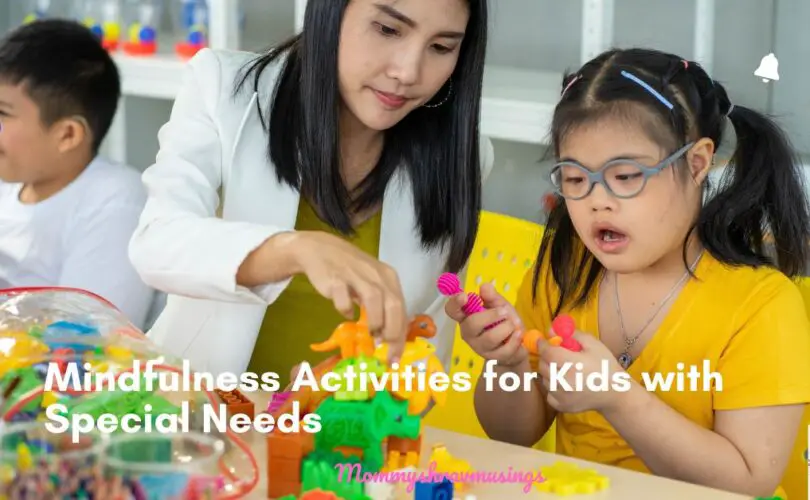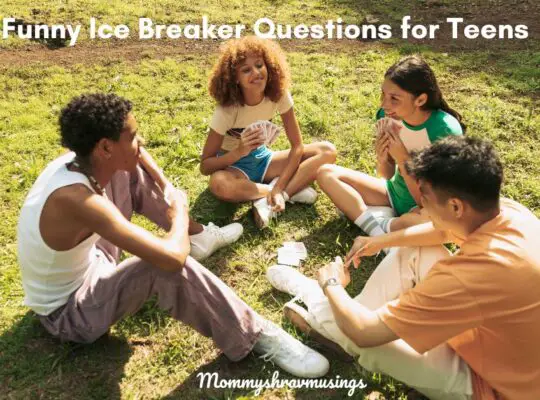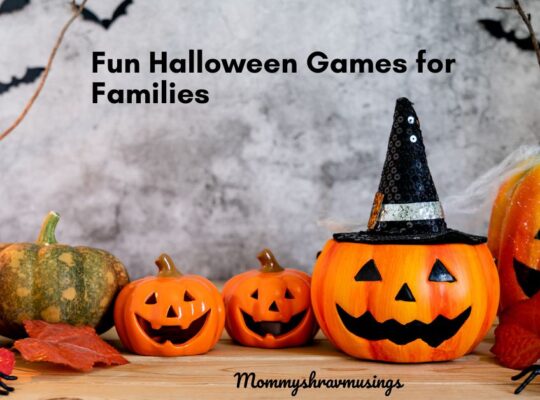In recent years, mindfulness has become a prominent buzzword in well-being and mental health. From boardrooms to classrooms and even in popular media, the concept of mindfulness seems everywhere. But what exactly is mindfulness, and why has it garnered such widespread attention? How will these mindfulness activities help the kids with special needs?
What is Mindfulness?
At its core, mindfulness is the practice of intentionally paying attention to the present moment with a non-judgmental and accepting attitude. It involves tuning into one’s thoughts, emotions, bodily sensations, and surrounding environment without getting caught up in them or reacting impulsively. Although rooted in ancient contemplative traditions, mindfulness has gained popularity in modern society as a means to counter the stress, distractions, and fast-paced nature of our lives.
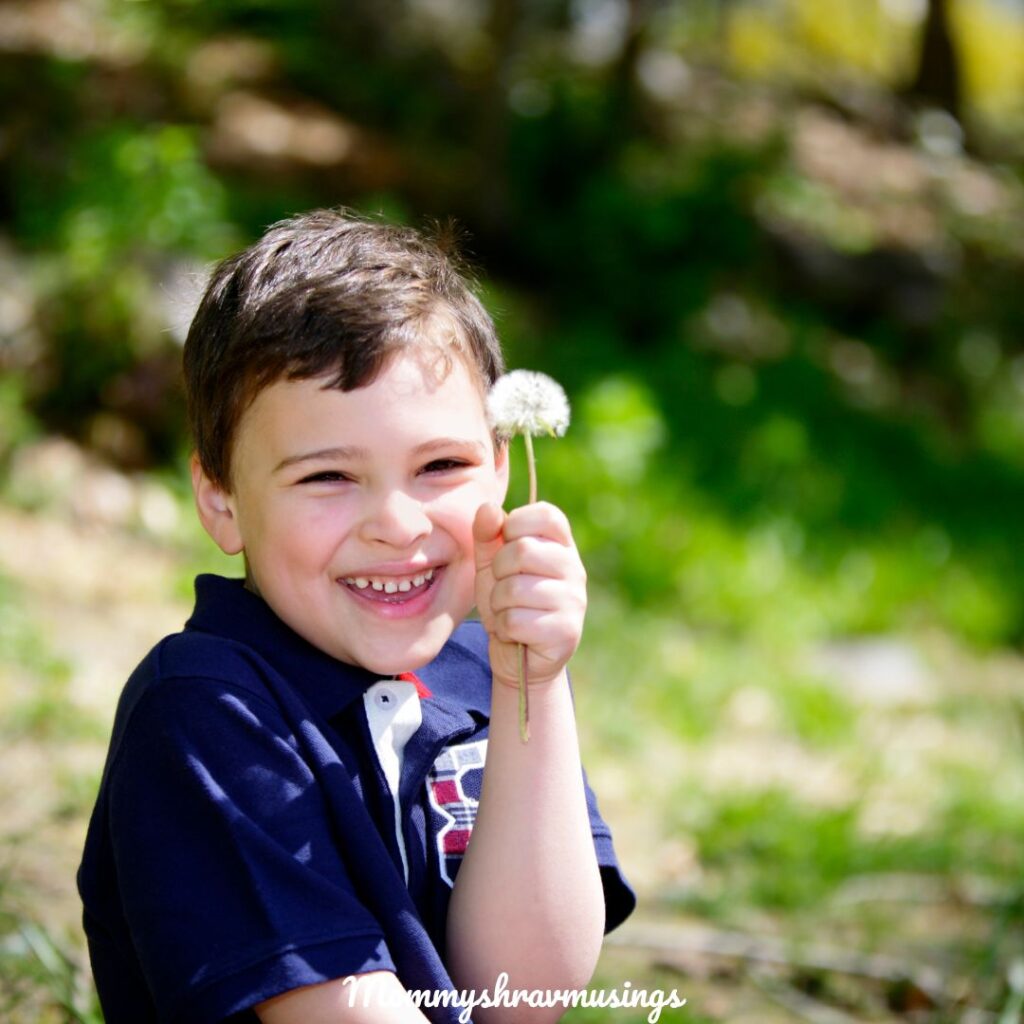
Numerous scientific studies have explored the benefits of mindfulness, shedding light on its profound impact on mental, emotional, and physical well-being. Research suggests regular mindfulness practice can reduce stress, anxiety, and depression, improve attention and focus, enhance emotional regulation, and promote overall psychological resilience.
While mindfulness has gained recognition for its benefits in adult populations, its potential for children should not be overlooked. With their inherent curiosity and openness, children can be particularly receptive to mindfulness practices. From improving self-regulation and emotional well-being to enhancing social skills and academic performance, the positive impacts of mindfulness on children have been increasingly documented.
Moreover, mindfulness holds particular promise for children with special needs, who may face additional challenges related to attention, emotional regulation, sensory sensitivities, and social interactions. Let’s see what the research suggests about introducing mindfulness interventions to kids with special needs.
Benefits of Mindfulness Activities for Kids with Special Needs
Mindfulness practice can benefit children with special needs, providing valuable tools for self-regulation, emotional well-being, and overall development. Here are several ways mindfulness practice can be helpful for kids with special needs:
Do you know how being Joyful is more beneficial to your mental health?
# Emotional Regulation: Mindfulness helps children develop emotional awareness and regulation skills. This can be particularly valuable for children with special needs who may experience heightened emotional states or difficulty managing emotions. They will be able to understand their emotional triggers better with mindfulness practices.
# Improved Focus and Attention: Mindfulness exercises often involve paying attention to the present moment, such as focusing on the breath or senses. This benefits children with special needs who struggle with attention-related challenges, such as ADHD or autism spectrum disorders.
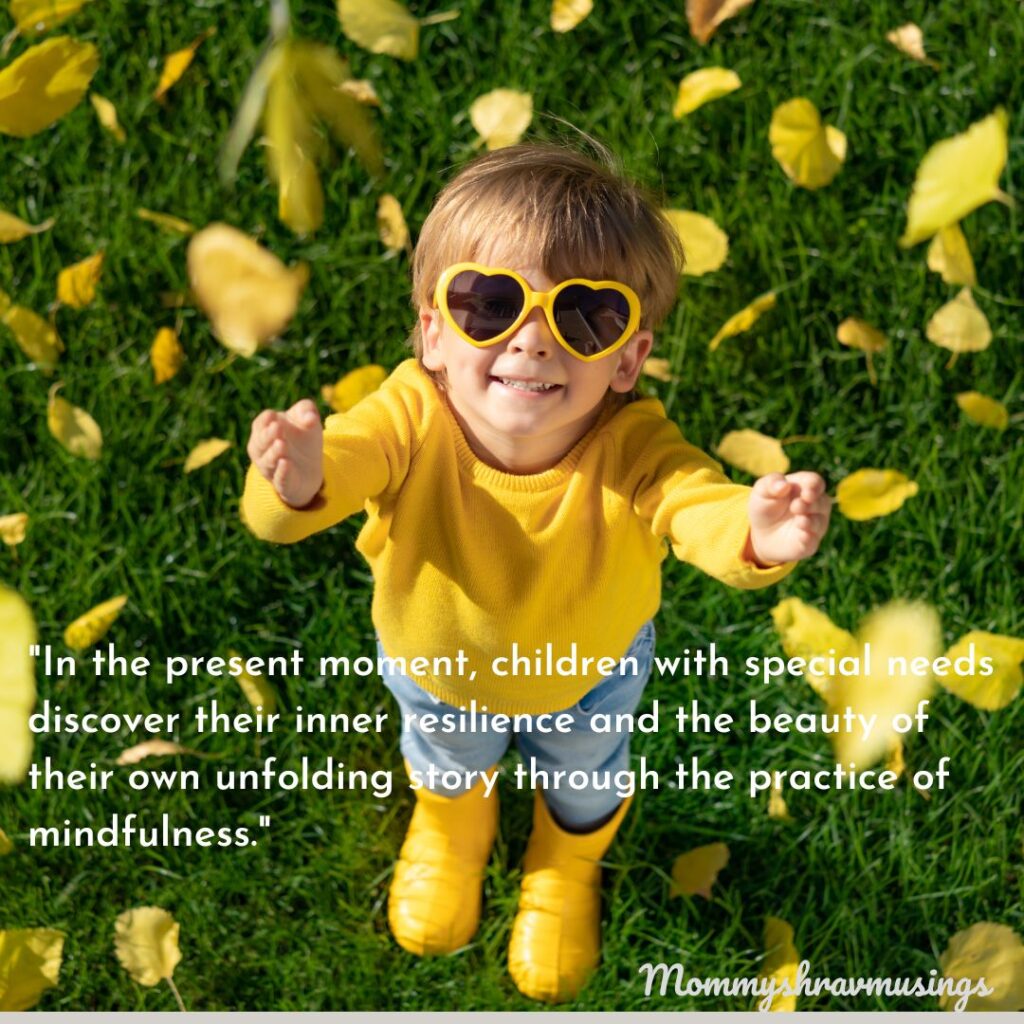
# Reduced Anxiety and Stress: Mindfulness practice promotes relaxation and reduces anxiety and stress levels. It helps children with special needs who experience higher stress or anxiety levels due to their unique challenges or sensory sensitivities.
# Increased Self-Awareness: Mindfulness cultivates self-awareness by encouraging children to observe their thoughts, emotions, and bodily sensations. This heightened self-awareness can enhance a child’s understanding of their strengths, limitations, and unique needs.
# Social and Interpersonal Skills: Mindfulness practices often incorporate empathy, compassion, and kindness towards oneself and others. Through these practices, children with special needs can develop and enhance their social and interpersonal skills, including empathy, perspective-taking, and conflict resolution.
When introducing mindfulness to children with special needs, it’s essential to consider their individual abilities, interests, and sensory preferences. Also, we must create a supportive and consistent environment for the child’s mindfulness practice by involving all the concerned parties, like parents, teachers, and therapists.
You might want to read How to raise an Emotionally Happy Child?
Mindfulness Activities for Kids with Special Needs:
Here’s a list of mindfulness activities that can be introduced to kids with special needs. You can also practice these activities with your child, encouraging your child to try these activities.
1. Mindful Breathing: Teach children to focus on their breath as a way to anchor their attention to the present moment. For example, you can invite the child to take deep breaths while imagining they are inflating a balloon in their belly. As they breathe in, the balloon expands, and as they breathe out, the balloon slowly deflates. They can feel it by placing their hands on their stomach and observing the rise and fall of their belly with every breath. You can repeat this exercise as often as possible until the kid can concentrate.
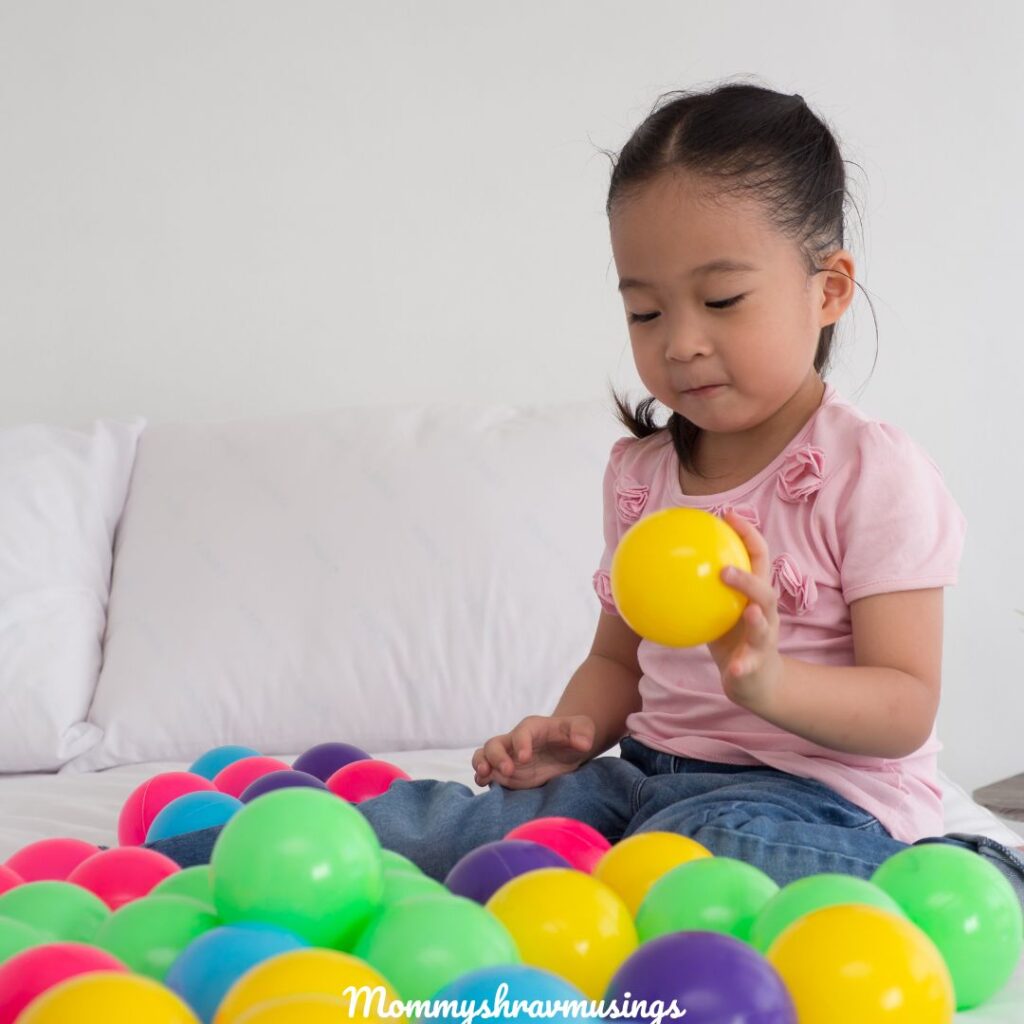
2. Mindful Listening: Guide the child to focus on the sounds around them without judgment or analysis. You can play calming music or use a chime or bell. Instruct the child to close their eyes and listen attentively until the sound disappears. Ask them to concentrate and listen to all the other sounds they can hear during this time, like the sound of the air-conditioner or the ceiling fan. This powerful exercise opens the child’s mind to the present moment and teaches them to focus and concentrate on their surroundings.
3. Sensory Exploration: Another exciting activity to engage the child’s senses to promote present-moment awareness. For instance, you can create a sensory bin filled with textured materials like sand, rice, and feathers. Encourage the child to explore the different textures mindfully, paying attention to how each feels against their skin. You can even prepare a glitter jar (a glass jar filled with glitter). Whenever the child feels disturbed, they can shake the glitter jar and watch all the glitter settles. This will soothe the child’s internal turmoil.
4. Mindful Walking: Encourage the child to walk mindfully, paying attention to the sensations in their feet as they make contact with the ground. You can set up a simple walking path with textured mats or tiles and guide the child to walk slowly and deliberately, focusing on each step they take. A labyrinth or drawn figures to walk on the floor will help increase their awareness. The drawn figure of 8 is known to be highly successful as it calms the busy mind. When these walks are taken outside, it will be more beneficial to club other sensorial activities about hearing sounds, feeling the wind, observing the heartbeat, etc.
5. Mindful Body Scan: Help the child develop body awareness by guiding them through a body scan exercise. Starting from the head and moving down to the toes, ask the child to notice any sensations or tension in each body part. For example, “Pay attention to your forehead. Are there any areas of tightness or warmth?”. You can even ask your child to lie down in the “Savasana” pose and feel the different parts of the body and how they start relaxing with soothing music or meditation.
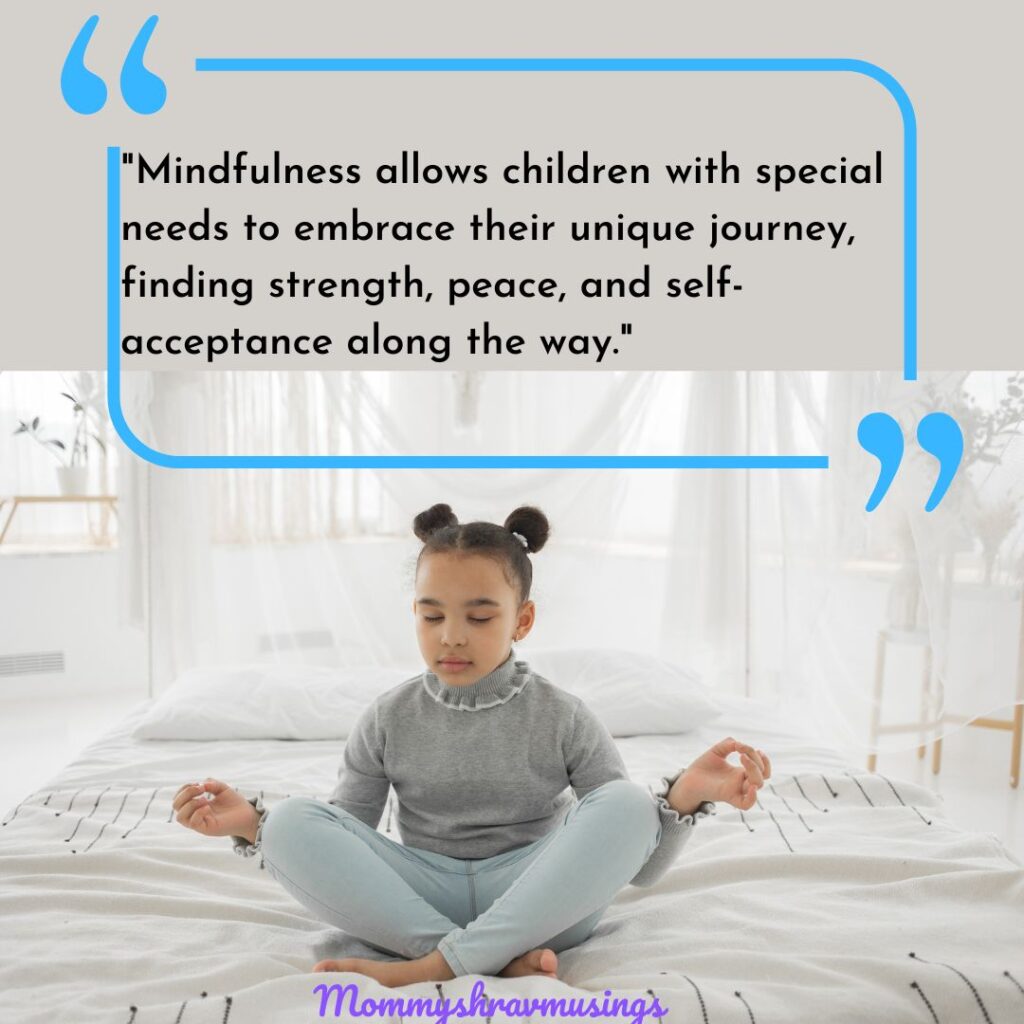
6. Mindful Art: Engage the child in mindful art activities, such as coloring, drawing, or painting. Please encourage them to focus on creating, paying attention to the colors, shapes, and movements involved. Remind them that there is no right or wrong way to create art and that the purpose is to enjoy the present moment.
7. Loving-Kindness Meditation: Teach the child to extend kindness and compassion to themselves and others. Guide them to repeat positive phrases like “May I be happy. May I be healthy! May I be safe!” Then encourage them to send these well wishes to others, such as family members, friends, or even people they find challenging.
8. Gratitude Practice: Cultivate a sense of gratitude by encouraging the child to reflect on things they appreciate in their lives. Provide them with a gratitude journal or a gratitude jar where they can write or draw what they are grateful for each day. For example, they could express gratitude for a favorite toy, a loving family member, or a memorable experience.
Please remember to adapt these activities based on the child’s interests, abilities, and sensory preferences. Creating a supportive and non-judgmental environment where the child feels comfortable exploring mindfulness at their own pace is essential.
Some more activities to practice Mindfulness with Kids
Points to remember while introducing Mindfulness activities
As we conclude this exploration of recommended mindfulness activities for kids with special needs, keeping a few essential points in mind is crucial. When teaching mindfulness to your child for the first time:

- Let it be Simple: Begin with simple mindfulness activities and gradually progress to more complex ones. Adapt the activities to your child’s abilities, interests, and sensory preferences. Remember that mindfulness is a personal journey; what works for one child may not work for another.
- Have a safe, supportive environment: Establish a calm and nurturing space where your child feels comfortable and at ease. Minimize distractions and ensure that the environment supports their sensory needs. Consistency and routine can also contribute to a sense of safety and predictability.
- Model mindfulness yourself: Children learn best by observing and imitating their parents or caregivers. Incorporate mindfulness into your own daily life, and let your child witness your practice. This not only encourages their engagement but also reinforces the importance and value of mindfulness.
- Be patient and flexible: Every child is unique, and their response to mindfulness activities may vary. Some children may immediately connect with the practice, while others may need more time to engage. Be patient, flexible, and open to adapting the activities to suit your child’s needs and preferences.
- Seek professional guidance: If you have concerns or specific challenges about your child’s special needs, consider consulting with a qualified professional, such as a child psychologist or therapist. They can provide personalized guidance, strategies, and support tailored to your child’s individual needs.
You can use these memory games to bond with your child in a fun way.
Parting Thoughts:
In conclusion, mindfulness activities have the potential to make a profound impact on the lives of children with special needs. By promoting self-regulation, emotional well-being, and social-emotional development, mindfulness empowers these children to navigate life’s challenges with resilience and positivity.
But please remember introducing mindfulness to children with special needs is a journey that requires patience, understanding, and adaptability. Embrace the process with an open heart and mind, and celebrate your child’s small steps and progress.
Remember, mindfulness is not about achieving perfection or immediate results but nurturing a mindset of self-awareness, acceptance, and compassion. Encourage your child to approach mindfulness with curiosity, patience, and an open heart. With time and consistent practice, they will cultivate valuable skills to support their well-being.
QOTD: Discuss with your child how much they know their body and mind. Have they heard about the Mindfulness activities which will improve their awareness about self?

Suhasini, IP, is the Author of the book “Practical Tips for Kids Mental Health.” As a certified kids and parents life coach, she helps/guides you toward a happy family life for your kids. She firmly believes that “Emotionally Happy Kids of today are the Mentally Strong and Happy Citizens of tomorrow.” Let’s make the world a happy and beautiful place for our kids to thrive.

